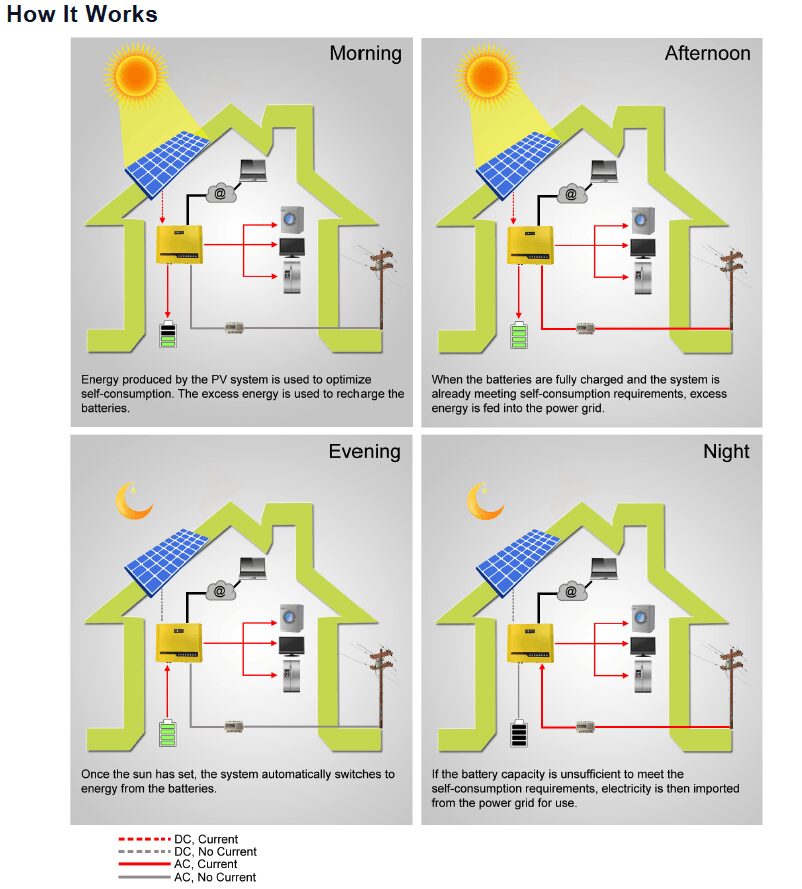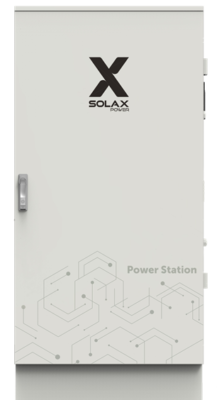
WATTSUP SOLAR & ELECTRICAL


Uninterrupted Power Supply (UPS)
Virtual Power Plant Ready (VPP)
South East Queensland Only
Solar Battery Storage in Brisbane, Gold Coast, Queensland and all Regional areas
People are asking watts up solar and electrical about solar battery & battery storage. There’s no doubt that the technology is the way of the future and the next major step towards energy independence in the home.
With battery storage, you can do the following things:
- Store your excess solar production during the day for use at night
- Manipulate time of use tariffs (TOU) and buy power at off peak rates when it’s cheaper
- Provide backup power to your home with the right inverter
- Sell your energy back to the grid at peak times for a premium rate
You could also disconnect from the grid totally, but we wouldn’t advise going down this path. The existing grid is a very cost effective way to ensure you can meet your peak power demand (which is higher than most people think) and retailers may start to offer you a premium if you can sell power back to the grid during peak times.














Financial benefits of battery storage
Some systems will enable you to make available your stored energy for the grid to purchase from you at peak times. If you’re able to sell your stored power back to the grid when this is happening, you can be paid a big premium for it. In order to do this, you will need to be producing excess power in addition to your own loads, which could mean powering down your devices. It could be worth it though.
Fitting to your existing system
To retrofit a battery system to your home with an existing solar power unit, all you need to do is add a battery inverter, a metering unit (not the one your energy retailer uses) and the battery to your system. A battery inverter works a little differently to a solar inverter. A solar inverter only has to convert DC power from the panels into AC power for your home. A battery inverter will need to convert DC power from the batteries into AC power for the home and convert AC power from the home (which could come from the grid or your existing solar) to DC power for the batteries. Batteries store power in DC, not AC. Note that this particular retrofit will not give you the ability to do backup power. See section of backup power for more information on this.The best time to use your stored power is when your solar power system is not covering demand. The metering unit is important, as it tells the battery inverter when this is happening so it knows when to store power and when to draw power from the batteries. Each battery inverter is compatible with its own metering device and there is a range of them, like the Fronius Smart Meter, and SMA Energy Meter. This device is mounted near or in your switchboard.
Battery compatible vs battery ready and backup ready
Battery compatible systems are systems where you can add a battery with a battery inverter (see above, retrofitting to existing solar power system) and all the necessary components. All solar power systems currently installed fit into this category with the limitation that most of them cannot be configured to provide backup power. A battery ready system we interpret as a system that has all the additional components installed and is ready for you to add the batteries whenever you’re ready. You only have to add batteries, not anything else. An example is when you have a Hybrid inverter installed (or a battery inverter), which enables you to connect the batteries directly to the inverter and the metering component already installed. This is what Watts up Solar and Electrical considers to be a battery ready system.
A backup ready system is any system, with or without batteries, that can be configured with an Automatic Transfer Switch (ATS) to provide power in an outage. Not all hybrid and battery inverters have this functionality, so if this is important to you then ask the question when you purchase your system. Many other hybrid and battery inverters do not have the capability to do this and would need to be replaced completely. For more information, see the backup power section.
Backup power
First of all, having batteries doesn’t automatically give you backup power. Backup power requires additional components and not all battery inverters and hybrid inverters have the ability to do backup power. The first issue with backup power is the same issue as doing it with existing solar power systems, preventing power from being returned to the grid. With new backup systems, this is done with an Automatic Transfer Switch (ATS) that turns off in a grid outage and then back on when the power is up. Once this switch has been turned off, it needs to communicate to the backup capable inverter that it can create power safely.
Having an existing solar power system can work against you in this case. When your backup system is producing power, the existing inverter will too begin creating power, mistaking it for the grid. When this happens, the power from the existing inverter will mean there is either too much or too little power available which can’t be controlled by the backup inverter and everything will shut off. Some inverters can be controlled by the backup inverter, which can prevent this issue. Having a hybrid inverter can also prevent this, as having everything in the one device will stop this from happening. This is why you’ll likely need to replace your existing solar inverter if you want to do backup power.
When providing backup power, it is important to note that if your backup system cannot meet the required demand, it will shut off. For example, if your air- conditioner is switched on and an outage occurs, most backup systems will not be able to accommodate this power requirement. Some air conditioners can consume over 5000W when they’re running, so while you may have a full battery, your system will shut off because you cannot meet the power demand. For this reason, we recommend segregating your essential loads the house, so that in the event of a grid outage non-essential devices are switched off automatically and only essential loads are covered. These essential loads will need to be on a separate circuit or circuits and could include whatever you like. We recommend low power loads like lights and fridges, from there you could also add your WIFI, security system, any medical equipment and even a few emergency power outlets.


Backup power vs off-grid
Backup power is much different to off-grid power. Backup power is when you can make a portion of power available to your devices in the event of a grid outage. An off-grid system is designed to work where there is no grid present. This requires additional components and requires the system to be able to accommodate the worst case scenario, which can be a high demand in overcast conditions. You normally also allow for other last resort electricity generators, like a diesel generator. You pay a very large premium for these systems due to their extra components and capacity. You also accept much risk, as one failed component could result in complete system failure. This is why it is not advised to go off-grid if you have even a reasonably reliable connection available at your home.
Our advice to people considering batteries
Batteries are here, and there are some exciting storage products available. We’ve been fortunate enough to have many battery storage manufacturers approach us and we have made available the best we can find. We’re not new to battery storage, we’ve got experience from off-grid projects and have already installed residential grid connect battery systems and hybrid inverters. It is ready, it is here and if you want to be among the first to incorporate this technology then Watts up Solar and Electrical is perfectly positioned to accommodate this.
If you have an existing system, we also have devices which we can retrofit in that will do this for you
OUR PARTNERS










